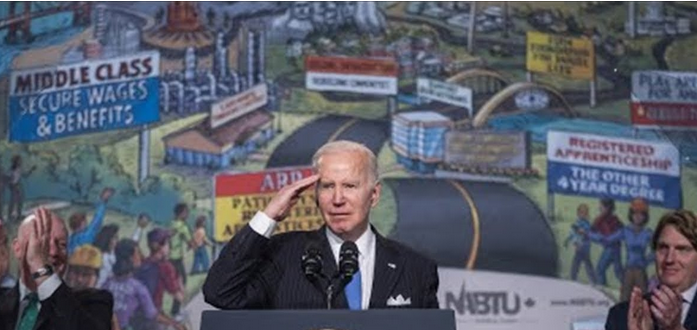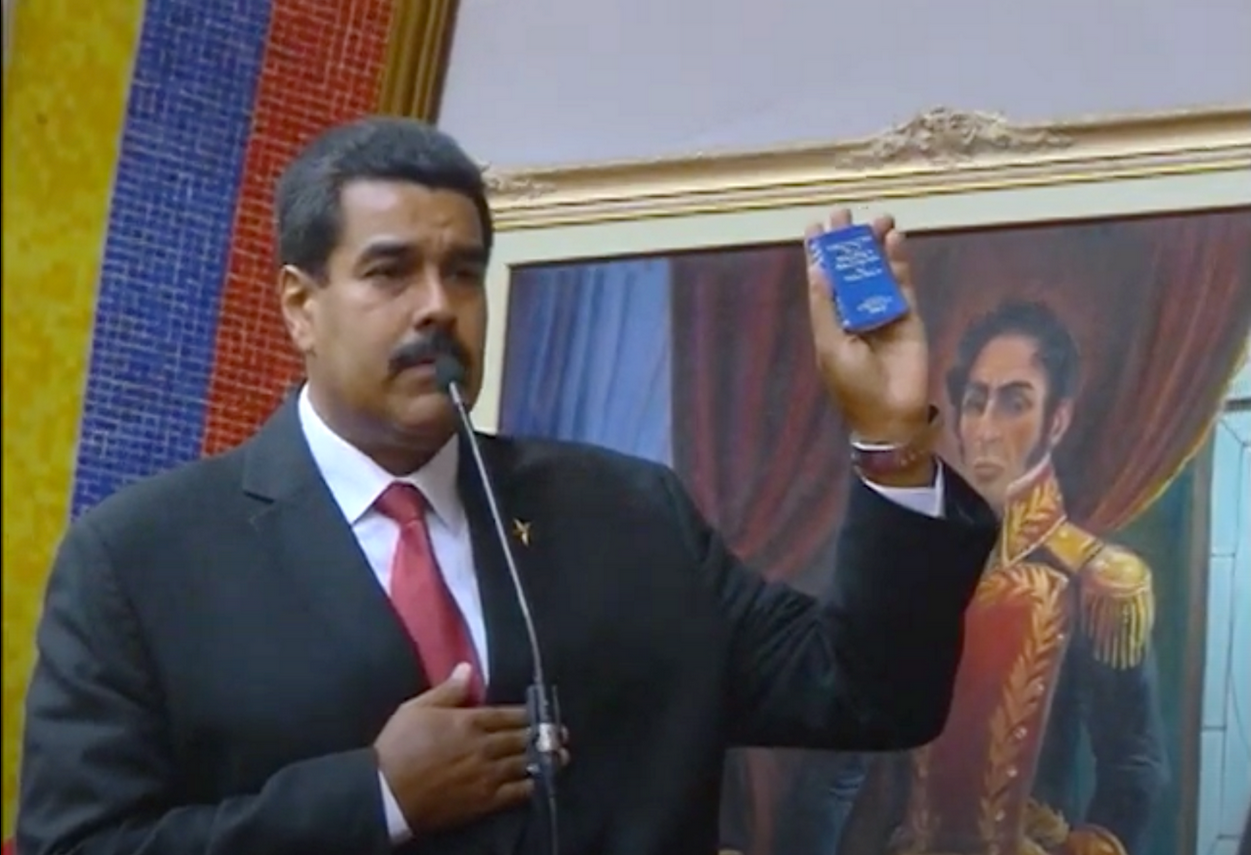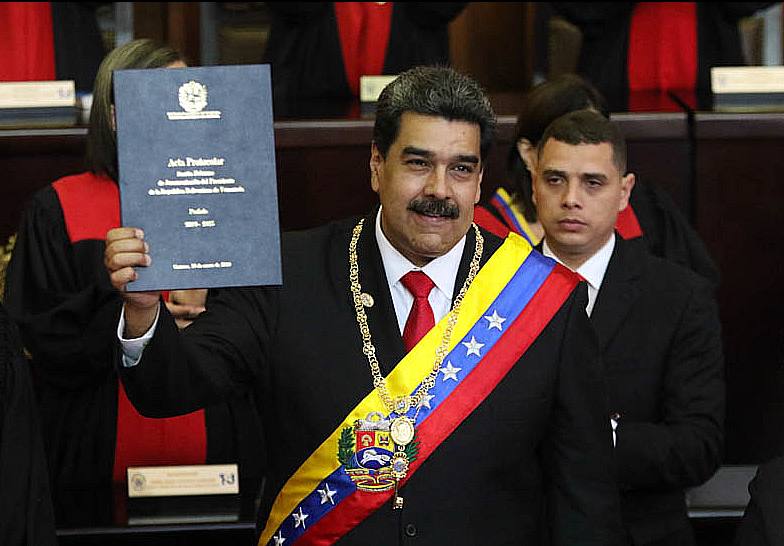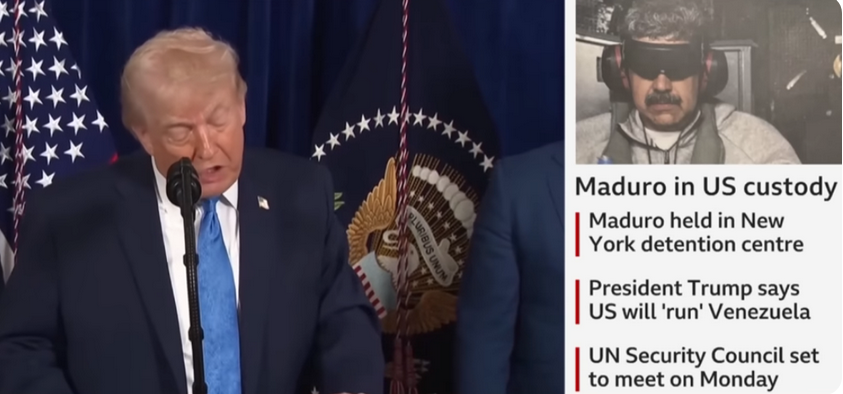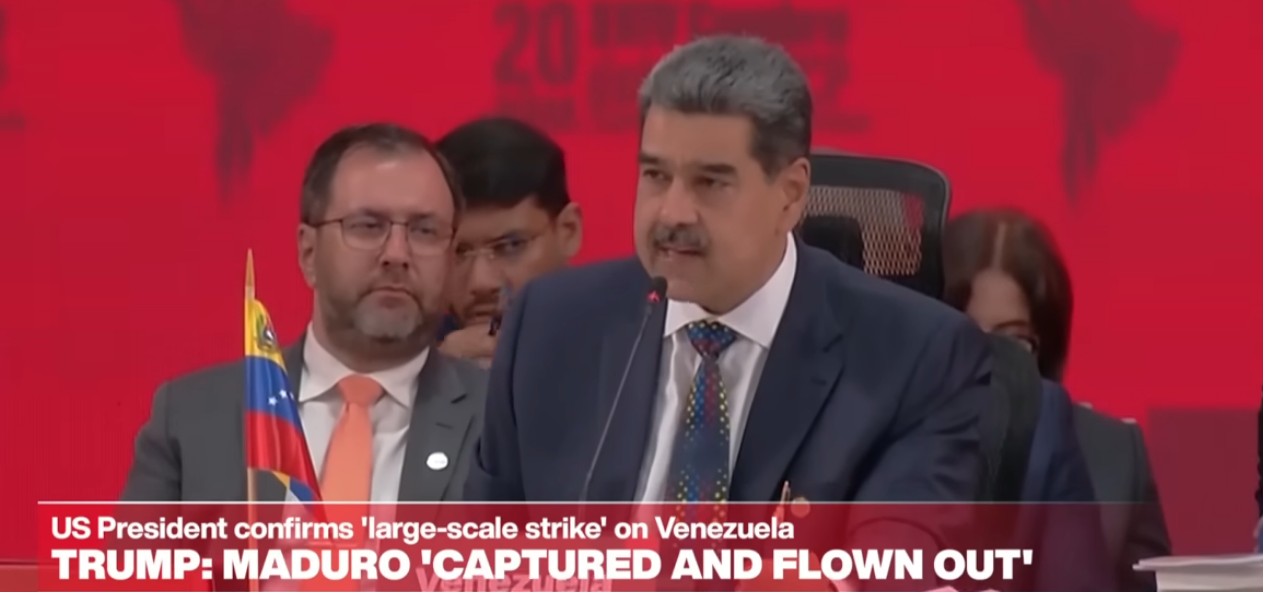Photos: YouTube Screenshots
Workers will have much to celebrate this Labor Day weekend following several recent pro-labor victories led by the Biden administration and Democratic appointees across the federal government. Coming on the heels of what many have deemed a “hot labor summer” with high union favorability ratings and high-profile union activism, these developments are promising steps toward a more level playing field where workers can freely organize.

The National Labor Relations Board (NLRB) recently released two decisions that should remove barriers hampering those who want to organize their workplaces. First, the NLRB’s decision in Cemex Construction Materials Pacific, LLC changes the way employers must respond to union card checks. When confronted by union authorization cards from a majority of employees, the NLRB ruling requires that employers either voluntarily recognize the union and commence bargaining or file for an election within two weeks. Previously, employers could simply reject authorization cards as valid proof of a worker majority and put the onus on the union to file an election petition with the NLRB. The resulting delays gave employers ample opportunity to undermine the respective unions.
Cemex also notes that if an employer commits any unfair labor practices that would affect the outcome of an election, the NLRB will issue an order automatically recognizing the union and demanding that bargaining commence immediately. While leaving the election framework in place may still present employers with some opportunity to interfere and obstruct, the NLRB’s decision represents a marked improvement over the status quo. The new ruling will hopefully make it easier for unionizing workers to succeed and gain recognition.
Another recent NLRB decision, Intertape Polymer Corp, should make it easier to hold employers accountable when they retaliate against workers for engaging in protected union activity. The ruling clarifies the legal standard for anti-union animus findings, re-establishing a more generalized interpretation of the Wright Line standard. The decision also rebukes a Trump-era ruling that made it harder for workers to prove they’d been unfairly targeted for their union activity; the current NLRB describes the old ruling as “unnecessary and subject to misinterpretation.”
The US Department of Labor (DOL) recently proposed expanding the overtime rule threshold which, if adopted, could increase the pay for 3.6 million Americans. Currently, among salaried workers, only those making less than $35,568 are eligible for overtime pay if they work more than 40 hours per week. Under the DOL proposal, the threshold would increase, making all salaried workers earning less than $55,068 per year (or $1,059 per week) eligible for overtime pay. This could produce significant financial benefits for many, considering that a 2014 Gallup report found that salaried workers worked an average of 49 hours per week.
These developments were accompanied by a first-of-its-kind study by the US Treasury Department detailing how unions benefit the US economy. The study finds that unions, in addition to raising the wages of those they represent, have spillover effects that increase worker compensation at non-union firms. Unions also play an essential role in building and preserving the US middle class, raising wages, and otherwise improving job quality and satisfaction. This contributes to financial stability and well-being in a way that lifts up entire communities. The study’s authors ultimately conclude that unions contribute to economic growth and resiliency across the economy. The report is an important US government acknowledgment that building worker power is essential to create a vibrant economy that works for all.
While all of these improvements are cause for celebration, many are somewhat precarious. Policymaking through the administrative state rather than legislation — while easier for administrations to enact with an uncooperative Congress — is relatively unprotected from rollback under future leadership. A future NLRB led by a Republican majority would have little trouble reversing course from Cemex. Even if Democrats continue to hold control of the Board, the federal courts may strike down the ruling based on their subjective interpretation of the relevant statutes.
To secure and build on these recent wins, lawmakers will need to codify them into legislation. One way to do this is to incorporate them into other pro-worker bills like the Protecting the Right to Organize (PRO) Act. The PRO Act aims to remove obstacles to organizing and introduces additional mechanisms to hold employers accountable when they infringe on workers’ rights. Passing a version of the PRO Act that includes these rulings would help ensure both the rulings’ longevity and workers’ rights more broadly.
Lawmakers must also take steps to guarantee organizing rights for public sector workers. Public sector organizing is not covered under the National Labor Relations Act and is thus beyond the purview of the NLRB. Legislation like the Public Service Freedom to Negotiate Act would ensure that these workers, whose labor forms the backbone of many services that are critical in people’s daily lives, can also exercise their rights to free association and enjoy the full benefits of unions in their workplaces.
Finally, making the most of these new developments requires a fully resourced NLRB. Congress has only increased funding to the NLRB once since 2014, leading to staffing shortages and limited operational capacity. Chronic underfunding makes it more difficult for the NLRB to respond swiftly and decisively to its increasing workload, and delays tend to tilt the balance of power toward the employer.
While there is still more to be done, this latest spate of pro-worker actions is an encouraging sign that, under the Biden administration, the federal government is making labor a priority. Taken together, the NLRB rulings, DOL overtime proposal, and US Treasury study offer a glimpse of what is possible when US officials take seriously their commitment to serving the public interest by promoting a decent standard of living for all.
Article by Hayley Brown and Brandon Novick\The Center for Economic and Policy Research
